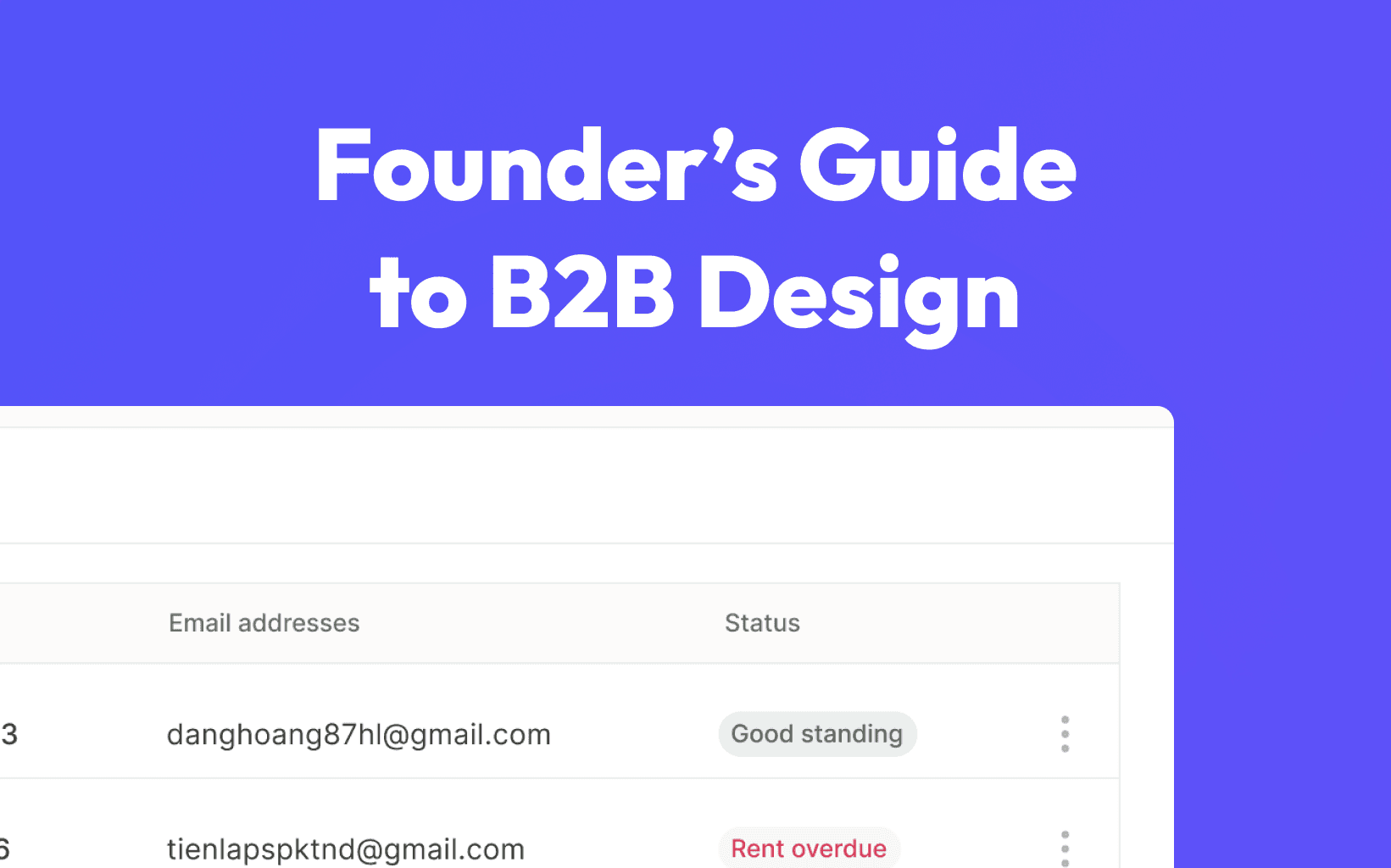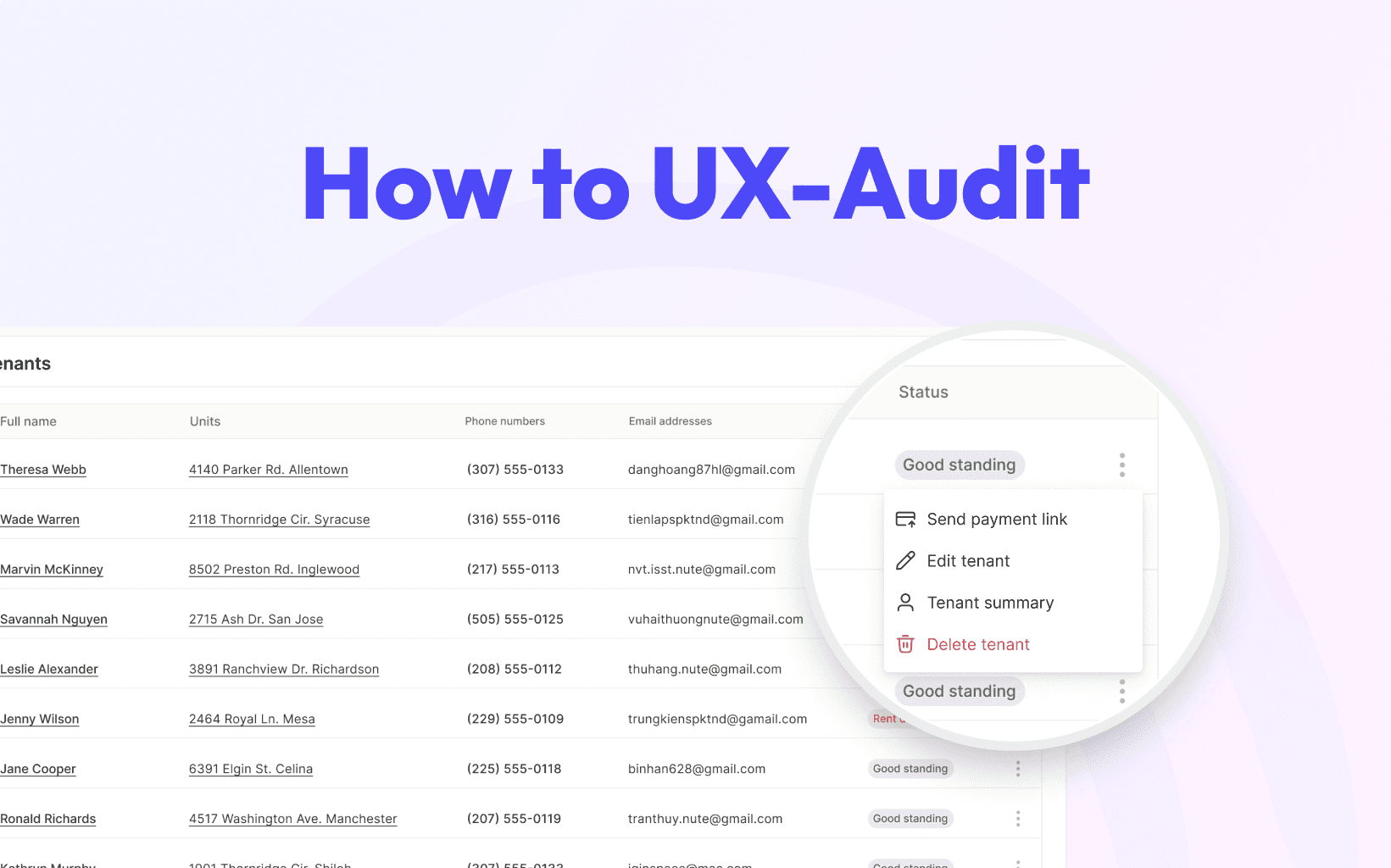
7 min
In today’s fast-paced and ever-evolving startup landscape, building successful products requires a systematic and customer-centric approach. As startup founders, product managers, and product owners, we face the constant challenge of delivering innovative solutions while efficiently managing limited resources. How can we navigate this complex terrain and increase our chances of achieving product-market fit?
Enter lean product development — a powerful framework rooted in the principles of lean manufacturing and the renowned Toyota Production System. This approach empowers us to optimize our development processes, enhance customer value, and make data-driven decisions. In this article, we’ll demystify lean product development and equip you with a blueprint for startup success.
Let’s dive into the world of lean, where innovation meets efficiency, and explore how this approach can revolutionize your product development journey. Get ready to embrace lean principles, iterate with purpose, and create exceptional products that captivate your customers.
I. Understanding Lean Product Development
A. Definition and Origins
Lean product development is a customer-focused, iterative approach to product development that aims to deliver value while minimizing waste. It draws inspiration from the principles of lean manufacturing, which emerged in the 1950s with the Toyota Production System (TPS). TPS revolutionized the manufacturing industry by optimizing processes, reducing waste, and ensuring continuous improvement.
Today, lean product development builds upon these principles and adapts them to the unique challenges faced by startups. By embracing lean, we can streamline our development processes, eliminate waste, and create products that truly resonate with our customers.
B. Core Principles of Lean Product Development
Value
At the core of lean product development lies the pursuit of value — delivering products that address real customer needs. To uncover value, we must deeply understand our customers and their pain points. For example, let’s say you’re developing a productivity app for remote workers. Conduct user research, interview potential users, and analyze their pain points to identify the key features and functionalities that will provide maximum value.
2. Elimination of Waste
Waste can lurk in various forms during product development, consuming valuable resources and hindering progress. Consider the eight common forms of waste known as “TIMWOODS”: transportation, inventory, motion, waiting, overproduction, overprocessing, defects, and skills underutilization.

For instance, imagine you’re developing an e-commerce platform. By streamlining your inventory management system, optimizing transportation logistics, and reducing unnecessary processing steps, you can eliminate waste and increase efficiency.
3. Continuous Improvement
Lean product development embraces a culture of continuous improvement, or Kaizen. This means we constantly seek opportunities to learn, adapt, and refine our products based on feedback and data. For example, let’s say you’re developing a social media analytics tool. Continuously analyze user data, feedback, and market trends to identify areas for improvement, such as enhancing reporting features or integrating with additional social media platforms.
4. Cross-Functional Collaboration
In lean product development, cross-functional collaboration is crucial for success. By breaking down silos and fostering collaboration among different teams, such as engineering, design, marketing, and customer support, we can leverage diverse perspectives and skills to create exceptional products.
Consider the example of developing a new mobile game. Encourage open communication, organize cross-functional brainstorming sessions, and involve team members from different departments to ensure a holistic and innovative approach.
II. The Lean Product Development Process
A. Problem Validation
Identifying Customer Needs

Start by deeply understanding your customers and their pain points. Conduct user interviews, surveys, and usability tests to gather insights. For instance, if you’re developing a meal planning app, interview potential users to understand their dietary preferences, challenges, and desired features.
2. Defining the Problem Statement
Based on your research, distill the insights into a clear problem statement. This statement should capture the essence of the problem your product aims to solve. For example, your problem statement for the meal planning app might be: “Busy individuals struggle to plan and prepare healthy meals due to a lack of time and recipe inspiration.”
3. Validating the Problem
To ensure your problem statement resonates with your target audience, validate it through further user research and feedback. Test your assumptions and gather more data. For instance, create a landing page describing your meal planning app’s value proposition and track user engagement and sign-ups to validate the problem’s relevance.
B. Solution Exploration
Ideation and Concept Generation
With a validated problem statement, generate a wide range of ideas to address the problem. Use brainstorming sessions, design thinking workshops, and mind-mapping techniques to fuel creativity. For example, ideate different features, such as personalized recipe recommendations, grocery list integration, and meal preparation reminders.
2. Minimum Viable Product (MVP)

Build a Minimum Viable Product (MVP) that focuses on the core features necessary to address the problem. An MVP allows you to gather early user feedback and validate assumptions. For the meal planning app, develop a simple version that enables users to create a personalized meal plan for a week and generate a grocery list.
3. Iterative Development
Embrace an iterative approach, continuously refining and improving the product based on user feedback and data. For instance, release the MVP to a group of early adopters, gather feedback, and iterate on features like recipe sharing, user customization, or integration with popular food delivery services. Continue this iterative cycle to create a product that exceeds customer expectations.
C. Product-Market Fit
Hypothesis Testing
Formulate hypotheses about user behavior, preferences, or responses to your product and conduct experiments to validate them. For example, hypothesize that users will engage more with the meal planning app if it offers personalized weekly meal recommendations based on their dietary preferences. Test this hypothesis by releasing a new version of the app with this feature and track user engagement metrics.
2. Metrics and Key Performance Indicators (KPIs)
Define key metrics and KPIs to measure the success of your product. For the meal planning app, track metrics like user engagement, retention rates, and recipe saves. Continuously analyze these metrics to gain insights and inform decision-making.
3. Pivot or Persevere

Based on the data and insights gathered, make informed decisions about the future of your product. If the metrics indicate positive user engagement and growth, persevere with the current direction. However, if the data suggests a need for change, be willing to pivot. For example, if the meal planning app’s metrics show low user engagement but high retention rates, consider pivoting the app’s focus to a community-driven platform for sharing recipes and meal ideas.
III. Implementing Lean Principles
A. Agile Development
Embrace agile methodologies, such as Scrum or Kanban, to align with the principles of lean product development. Break down work into small, manageable iterations, prioritize tasks, and foster cross-functional collaboration. For example, use Kanban boards to visualize and track progress, allowing the team to adapt quickly and respond to changing requirements.
B. Continuous Integration and Deployment
Implement Continuous Integration and Deployment (CI/CD) practices to ensure rapid and reliable delivery of changes. Automate build, testing, and deployment processes to reduce errors and speed up release cycles. For instance, use tools like Jenkins or GitLab CI/CD to automate the build and deployment of the meal planning app, enabling faster iterations and feature releases.
C. Lean Startup Methodology
The Lean Startup methodology complements lean product development by emphasizing experimentation and validated learning. It encourages startups to iterate quickly, gather feedback, and adapt their strategies. For example, use lean startup principles to validate new product features through A/B testing, landing page experiments, or beta testing programs.
Conclusion:
Lean product development provides a blueprint for startup success by optimizing development processes, delivering value, and minimizing waste. By embracing lean principles such as customer focus, waste elimination, continuous improvement, and cross-functional collaboration, startups can build exceptional products that meet customer needs.
Remember, lean product development is a journey of continuous learning and adaptation. Leverage lean methodologies, agile practices, and the Lean Startup approach to create a dynamic and customer-centric development process. By integrating lean principles into your startup’s DNA, you can navigate the challenges of product development, make informed decisions, and pave the way for success in today’s competitive landscape.
So, let’s embark on this journey of lean product development, where innovation meets efficiency, and create remarkable products that captivate customers and drive startup growth. Embrace lean thinking, iterate with purpose, and unleash the potential of your startup. The path to success begins with embracing lean principles and putting them into practice.




